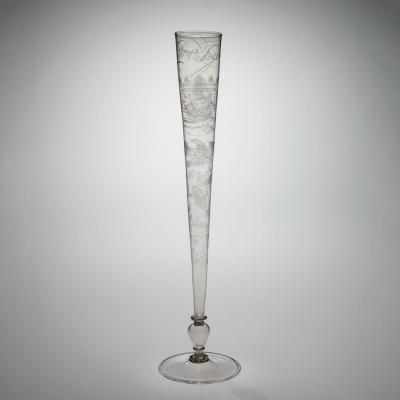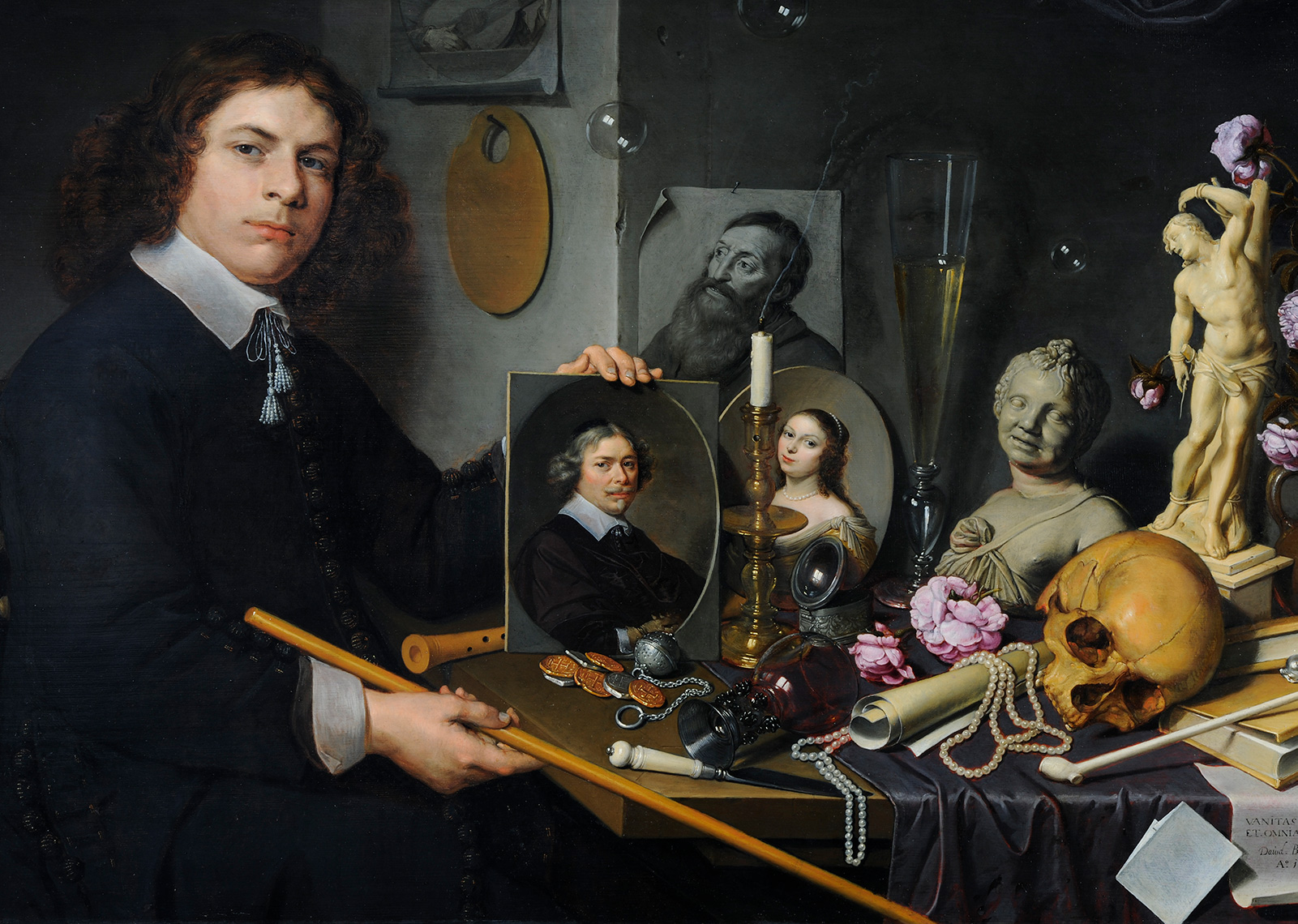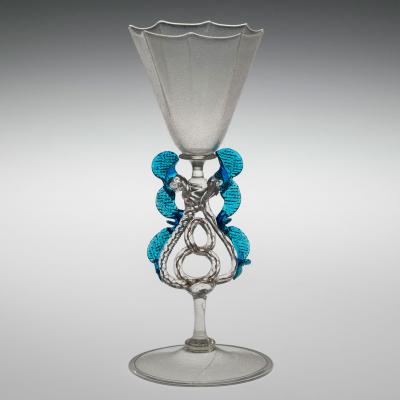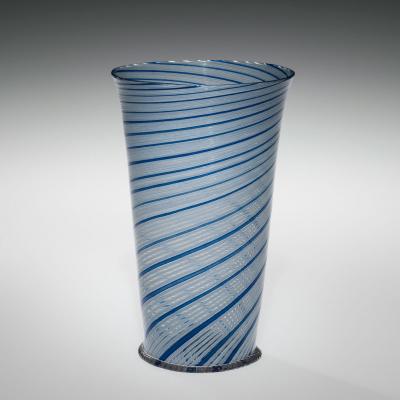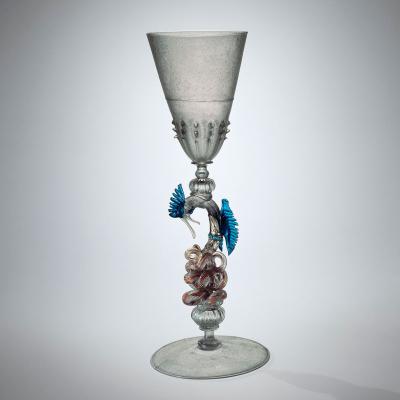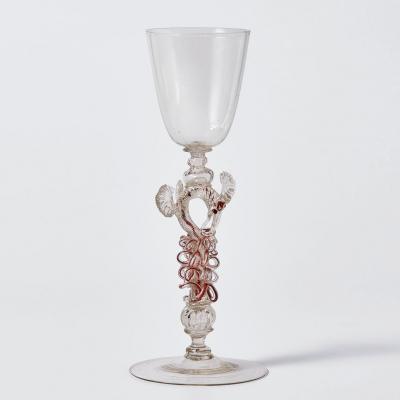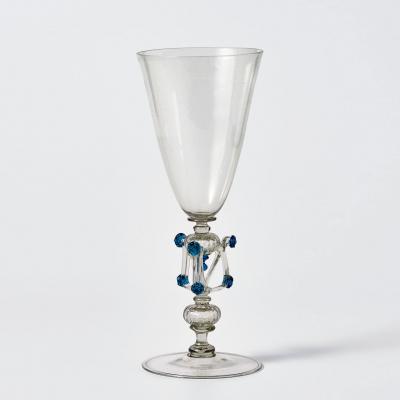Venetian glassworkers came to Antwerp in the 1530s. Within a hundred years or so, the Low Countries (today corresponding to the Netherlands, Belgium, and Luxembourg) would have more Venetian-style glasshouses than could be found anywhere else in Europe. These glasshouses would have been situated in such cities as Amsterdam, Middelburg, Antwerp, Maastricht, Haarlem, Brussels, and Liège. By the first decades of the 17th century, the repertoire of forms and preferred decorative techniques for glassmaking in this region had been codified to a large degree.33
Archaeological excavations and follow-up studies during the last 25 years or so have given us a clearer view of glass and glassmaking in the Low Countries, particularly during the 17th century.34
